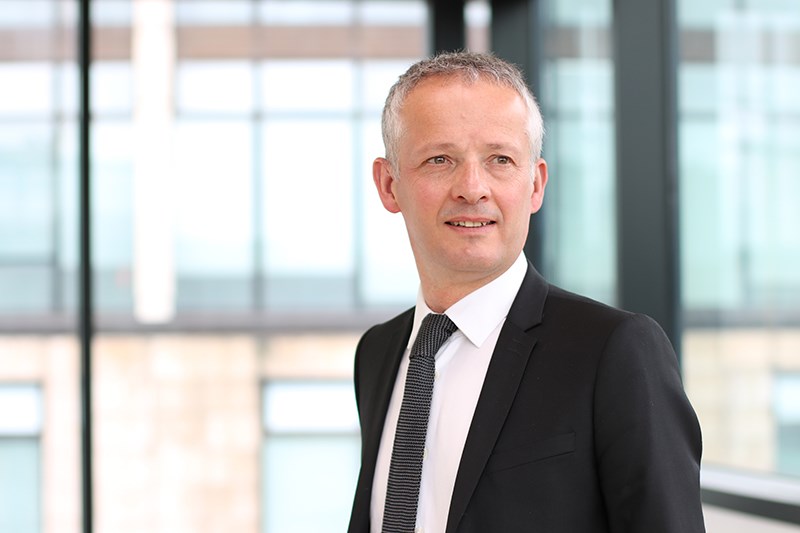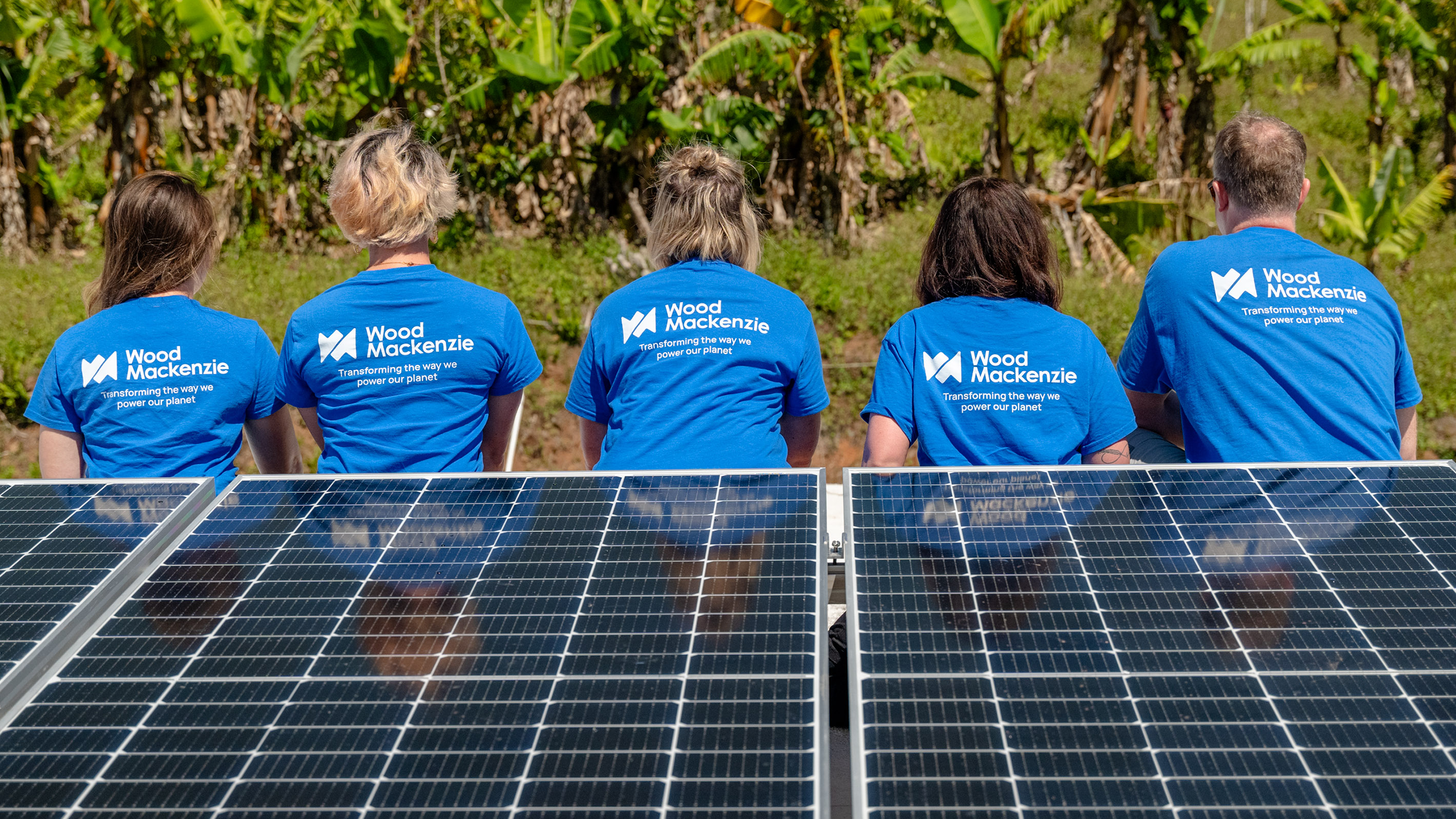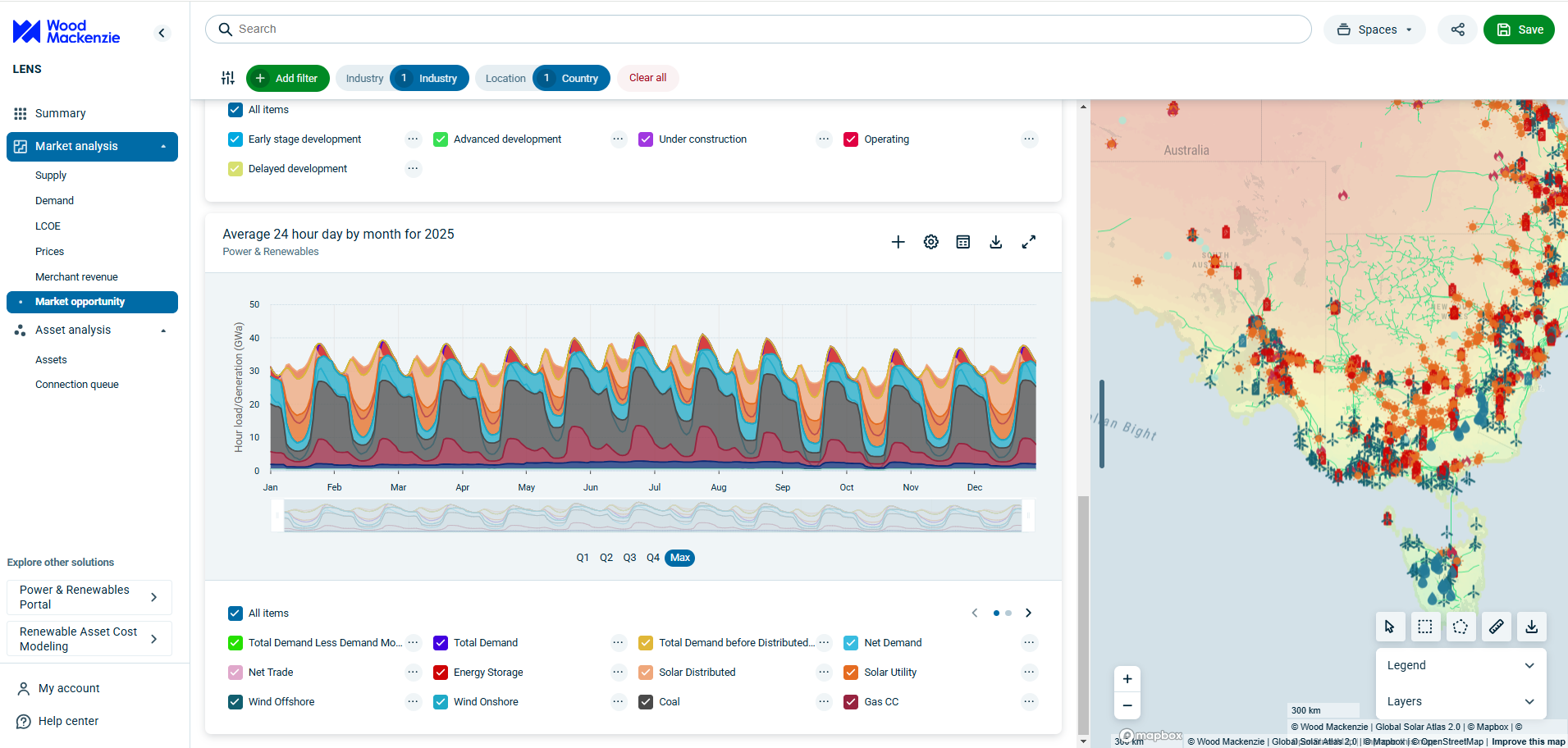1 minute read
Mhairidh Evans
VP, Global Head of CCUS Research

Mhairidh Evans
VP, Global Head of CCUS Research
Mhairidh leads our global research on carbon capture, utilisation and storage (CCUS).
Latest articles by Mhairidh
-
Opinion
Can CCUS help achieve Net Zero?
-
Opinion
Can CCUS momentum overcome headwinds to the industry?
-
Opinion
Carbon management frequently asked questions part 3: CCUS
-
Opinion
The challenges and opportunities in Europe’s oil & gas, CCUS and hydrogen sectors
-
Opinion
Our top five takeaway messages from the CCUS conference 2023
-
Opinion
The UK’s journey to net zero: an uncertain path ahead
Flor Lucia De la Cruz
Principal Consultant, Asia Pacific Power and Renewables Consulting

Flor Lucia De la Cruz
Principal Consultant, Asia Pacific Power and Renewables Consulting
Flor is a subject matter expert in hydrogen and emerging technologies, working for our Energy Transition Practice.
View Flor Lucia De la Cruz's full profileThere was huge momentum behind both hydrogen and carbon capture, utilisation and storage (CCUS) in 2021. Project pipelines ballooned, new policies and funding pots were announced and COP26 spurred net zero targets. Will that momentum gather pace in 2022? What could stand in the way?
This article is an introduction to CCUS and hydrogen: 5 things to look for in 2022. Fill in the form for your complimentary copy.
CCUS and hydrogen announcements will slow as delivery mode kicks in
2021 was a record year for project pipeline growth for both CCUS and low-carbon hydrogen. Companies were galvanised by increased net zero targets, new policy support and technology advancements.
The CCUS pipeline of announced projects grew seven-fold last year, with hub projects becoming an increasingly global, rather than European, trend. The low carbon hydrogen pipeline more than doubled with green hydrogen projects making up 75% of that increase. Australia led the way with the most gigawatt scale announcements in 2021.
Will we see the same growth rate for the CCUS and hydrogen pipelines in 2022? We don’t believe so. The coming year will be all about maturing projects and securing funding. Read the full insight to find out more.
CCUS projects will pass major milestones in 2022
We’re tracking 15 CCUS projects aiming for FID in 2022. If developed successfully, they’ll add around 35 Mtpa of new CO2 capture or storage capacity.
Every new major project counts in the emerging CCUS landscape, as companies prove up technology, operational reliability, and costs. The projects will also inject significant capital; we estimate around US$18 billion of development capex is associated with the 15 project FIDs between public and private sources.
For a closer look at landmark projects, fill in the form to read the full insight.
More capital flow needed for hydrogen
Over US$66 billion was poured into hydrogen in 2021, to develop every aspect of the hydrogen value chain from R&D to refuelling infrastructure. In 2022 we need to see much more capital flow to hydrogen production projects, and that calls for an uplift in offtake agreements. This could mobilise the US$3.5-US$22 billion needed for hydrogen production projects to reach FID stage in 2022.
What other hydrogen project milestones are on the radar in 2022? Read the full insight for our predictions.
Turning hydrogen and CCUS policy support into reality
Much like the project pipeline, 2021 was a big year for policy announcements in low-carbon hydrogen and CCUS. We see 2022 as an important year for translating policy into reality. But it’s a tough political ask in some countries and drawn-out negotiations could mean delays.
In the US, for example, the Infrastructure Investment and Jobs Act passed in November 2021 provided a combined US$15 billion to support CCUS and low-carbon hydrogen production. It’s a much-needed shot in the arm for the infrastructure required to scale up both technologies.
Still, massive amounts of investment hang on the passing of the complementary Build Back Better (BBB) Act in 2022. For more on this, plus our view of policy developments in Canada, Europe and Asia, read the full report.
Dynamic green ammonia plants will address hydrogen transportation issues
Green ammonia has been hailed as one of the cheapest pathways to transport green hydrogen around the world for its ability to leverage existing infrastructure and mature process technology. However green ammonia, and hydrogen carriers in general, have their challenges. Normally plants are designed to operate at a fixed plant load. Operating with fluctuating hydrogen supply requires hydrogen buffer storage which today is both expensive and not available at scale.
Haldor Topsoe has addressed this challenge by redesigning its ammonia plant to allow for fully dynamic operation and respond to fluctuating hydrogen supply. In 2022 we expect more technological solutions related to storage and chemical plant design to follow Haldor Topsoe’s lead.
Can direct air capture edge from wildcard to reality for CCUS? To find out more, read CCUS and hydrogen: 5 things to look for in 2022.
Fill in the form at the top of the page for your complimentary copy.
In focus: subsurface CCUS
The CCUS project pipeline continues to swell, but this is an industry in its infancy. The focus in 2022 will be on depleted reservoirs and enhanced oil recovery (EOR). Larger hub projects based on saline aquifers will follow.
Find out about this and more in Subsurface CCUS and low carbon energies: 5 things to look for in 2022.

Andrew Latham, Vice President, Global Exploration








